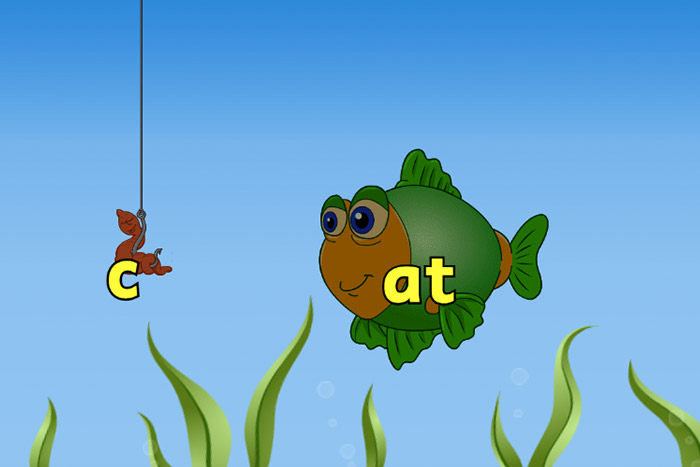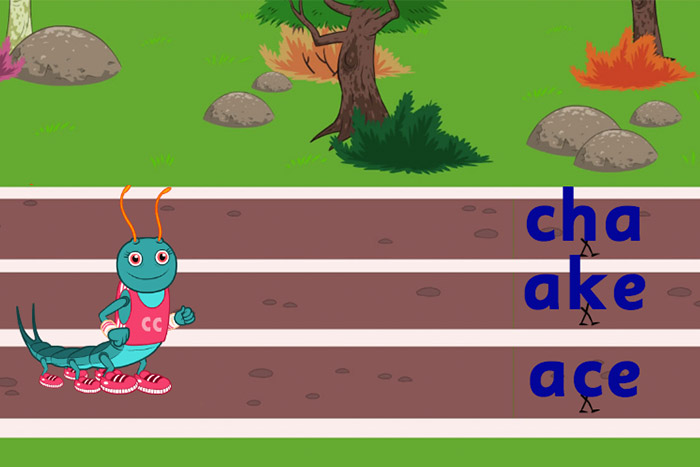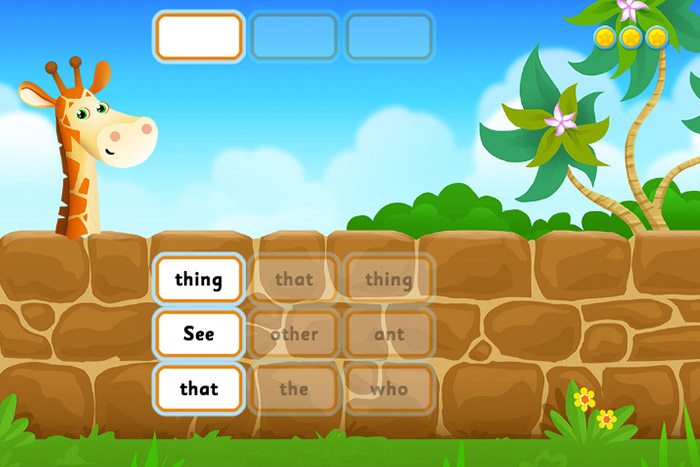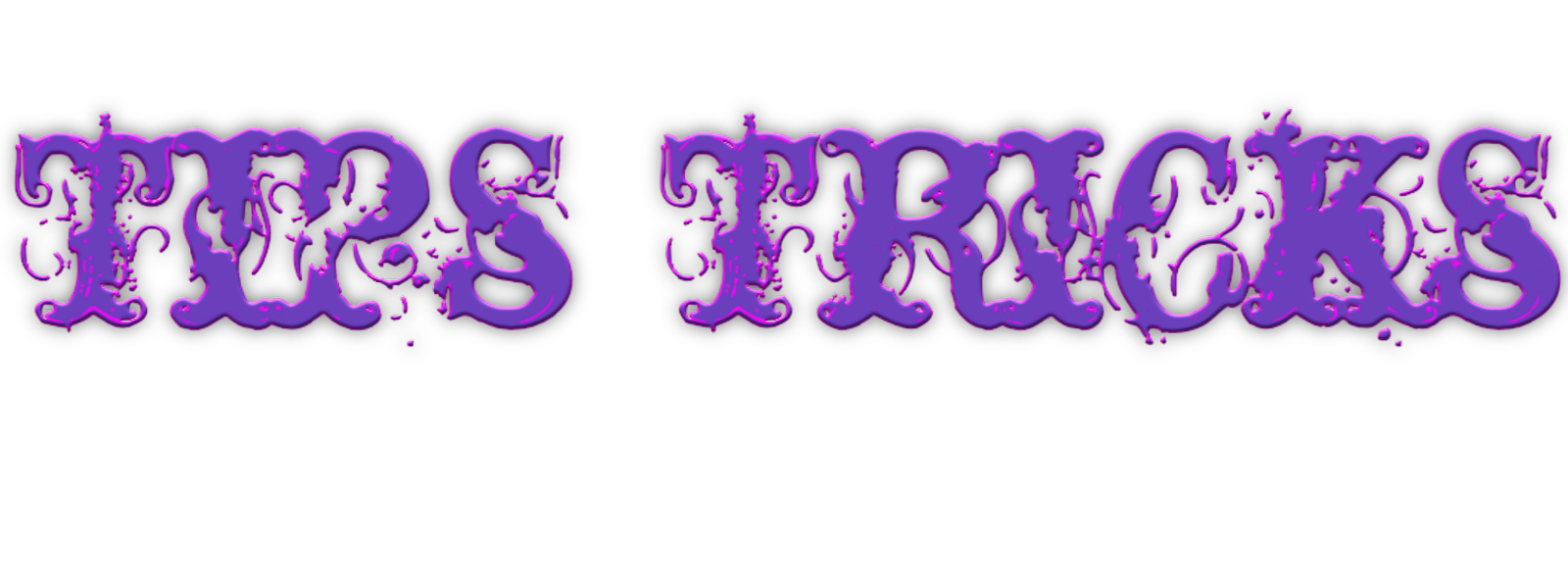Most people do not think about the technique of getting to know to study until they figure out to begin educating their own children at home.
Contrary to what some humans believe, mastering to read is now not a 'natural' process that happens all on its own. It's a complicated one that requires the perfect instructing of more than a few capabilities and strategies, such as phonics (knowing the relationship between letters and sounds) and phonemic awareness.
The correct news is that though analyzing itself is a complex process, the steps taken in order to construct these skills are fairly easy and straightforward. In order to teach youngsters how to study and make it a fine and moneymaking experience, attempt these simple and time‑tested strategies below.
2. Make simple word cards at home
Cut out simple playing cards and write a word containing three sounds on every one (e.g. ram, sat, pig, top, sun, pot, fin). Invite your child to pick a card, then read the word collectively and preserve up three fingers. Ask them to say the first sound they hear in the word, then the second, and then the third. This simple exercise requires little prep‑time and builds fundamental phonics and decoding competencies (helping them research how to sound out words). If your toddler is simply beginning out with studying the letters of the alphabet, center of attention on the sound every letter makes, extra so than letter names.

3. Engage your infant in a print-rich environment
Create daily opportunities to build your child's studying skills by way of growing a print‑rich environment at home. Seeing printed phrases (on posters, charts, books, labels etc.) permits young people to see and practice connections between sounds and letter symbols. When you're out and about, factor out letters on posters, billboards and signs. In time you can mannequin sounding out the letters to make words. Focus on the first letter in words. Ask your baby “What sound is that letter?” “What different phrase begins with that sound?” “What word rhymes with that word?”
4. Play word games at domestic or in the car
Building on from the preceding step, introduce easy phrase video games on a everyday basis. Focus on enjoying games that motivate your child to listen, identify and manipulate the sounds in words. For example, begin through asking questions like “What sound does the word two two two two two two two two two two two two start with?” “What sound does the word two two two two two two two two two two two two two two two two quit with?” “What phrases start with the sound two two two two two two ?” and “What phrase rhymes with two two two two two two two two two two two ?”.
5. Understand the core capabilities involved in teaching youngsters to read
It's vital to take note that gaining knowledge of to study involves a range of distinct skills. There are 5 essential components of reading that you can study about here. These are the skills all young people need in order to correctly examine how to read. In summary, these include:
- Phonemic awareness – the capacity to hear and manipulate the distinctive sounds in words
- Phonics – recognising the connection between letters and the sounds they make
- Vocabulary – understanding the meaning of words, their definitions, and their context
- Reading comprehension – understand the that means of text, each in storybooks and facts books
- Fluency – the capacity to study aloud with speed, appreciation and accuracy

6. Play with letter magnets
Middle vowel sounds can be problematic for some children, which is why this pastime can be so helpful. Prepare letter magnets on the fridge and pull the vowels to one aspect (a, e, i, o, u). Say a CVC word (consonant-vowel-consonant), for example 'cat', and ask your child to spell it the usage of the magnets. To assist them, say each vowel sound aloud (/ayh/, /eh/, /ih/, /awe/, /uh/) whilst pointing at its letter, and ask your infant which one makes a sound comparable to the middle sound.
7. Harness the electricity of science to maintain your baby engaged
Learning to examine ought to be an exciting manner in order to maintain youngsters prompted to improve. Sometimes a infant might be full of excitement and eagerness to learn at the beginning, but once they hit a wall can sense overwhelmed and give up easily. As a parent, it can sense impossible to pick up again and comprehend the place to fill in any gaps that might also be causing frustration.Reading Eggs uses self‑paced lessons that match every individual kid's ability. Children are typically rewarded for finishing things to do and attaining new levels, which continues them motivated to continue to be on track. Parents can also view on the spot growth reports to see how a kid's capabilities are improving.
8. Read collectively on a each day basis and ask questions about the book
A lot of people don't realize just how many capabilities can be picked up through the easy act of studying to a child. Not only are you displaying them how to sound out words, you are also constructing key comprehension skills, growing their vocabulary, and letting them hear what a fluent reader sounds like. Most of all, regular studying helps your baby to strengthen a love reading, which is the fantastic way to set them up for reading success.Strengthen your child's comprehension capabilities by using asking questions whilst reading. For youthful children, inspire them to have interaction with the photos (e.g. “Do you see the boat? What colour is the cat?”). For older children, ask questions about what you've simply read, like “Why do you assume the little bird used to be afraid?” “When did Sophie realize she had special powers?”
9. Play games to memorise high-frequency sight phrases every day
Sight phrases are ones that can't be effortlessly sounded out and want to be recognized on sight. High‑frequency sight phrases are ones that occur very often in studying and writing (e.g. you, I, we, am, had, and, to, the, have, they, where, was, does).

The approach for gaining knowledge of sight words is, "See the word, say the word". Learning to perceive and study sight words is necessary for younger kids to become fluent readers. Most teenagers will be able to learn a few sight phrases at the age of four (e.g. is, it, my, me, no, see, and we) and round 20 sight phrases with the aid of the stop of their first year of school. You can instruct sight words by taking part in with flashcards and the usage of studying packages like Reading Eggs.

